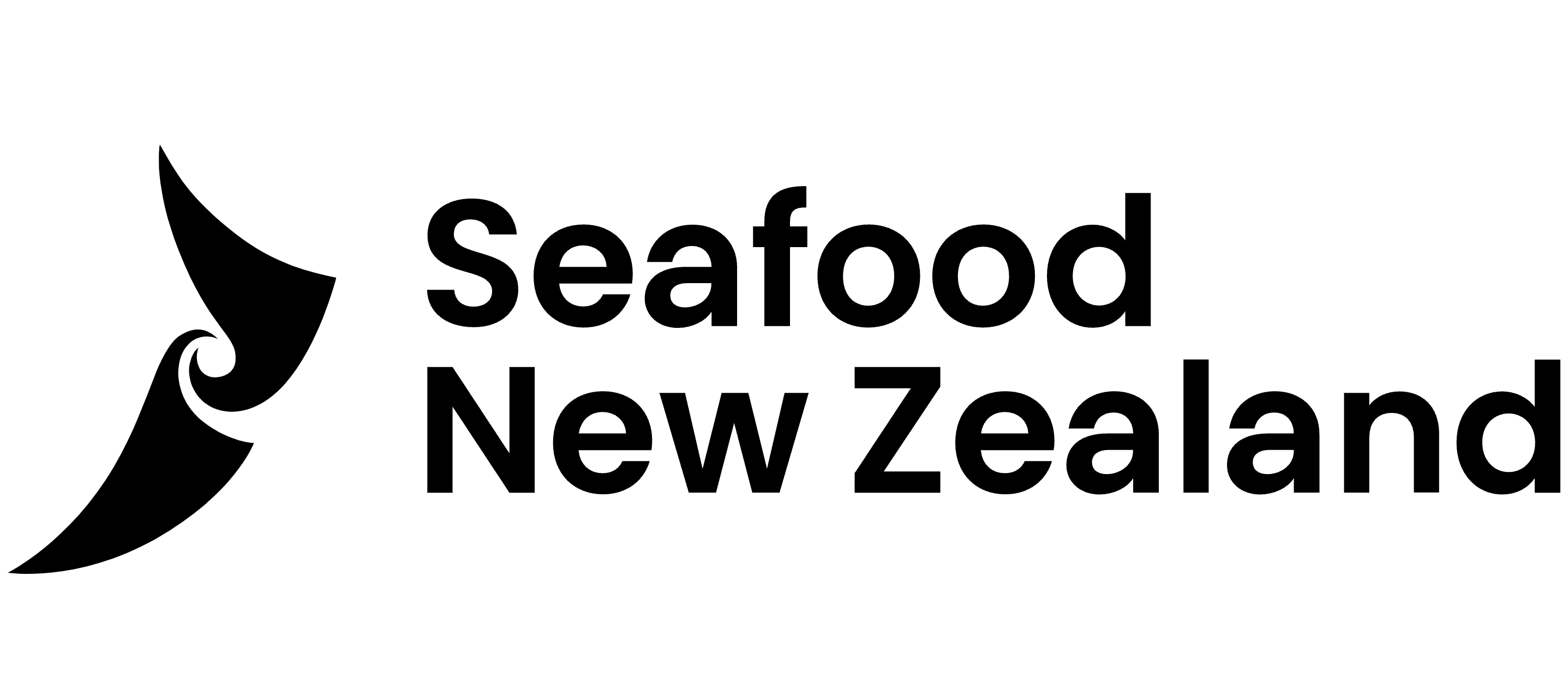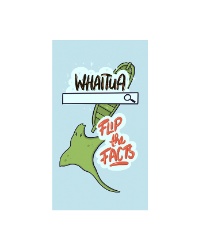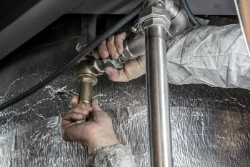This week MPI announced that on-board cameras delivered by Spark will go live on the first tranche of inshore fishing vessels on 1 August.
This group comprises trawlers and set-net vessels of a certain length that fish off the west coast of the North Island, and the north, east and south coasts of the South Island.
Vessels already carrying ‘proof-of-concept’ cameras since 2019 when fishing off the west coast of the North Island will have their cameras replaced with the new ones. As a quick aside, the cameras on these vessels might be new but fishers are not expecting any difference in what the cameras will record – that being zero Māui or Hector’s dolphin sightings in recordings of more than 4,000 trawl events since 2019.
By the end of 2024 Spark will have installed camera systems on 300 vessels.
Meanwhile, MPI has just opened tenders for a future procurement opportunity centred around the development of artificial intelligence (AI) to be used with the cameras, post-installation.
Seafood NZ’s CEO wrote quite recently, in the NZ Herald, about why the fisheries sector welcomes AI. To recap, AI offers huge potential for good in the commercial fishing sector. We can see a future where AI, linked to drones or underwater sensors, guides vessels to the most productive fishing spots, helps fishers avoid marine mammals, keeps trawl nets flying above or lightly on the seafloor, and more.
The draft Fisheries Industry Transformation Plan is a springboard from which this potential can be realised. But there is currently a mismatch between the camera roll-out and the strategy for game-changing AI.
More than a year ago, we urged the Government to do much more with the camera investment.
We saw that without a coherent strategy, New Zealanders would miss out on some of the greater benefits on offer from the hefty $68M investment. Verifying fisher reporting has value, but camera technology offers the potential for much more.
It is good to see that MPI have taken industry feedback on board and committed to investing in AI, but the new procurement opportunity is limited in its scope. It is focused mainly on developing AI for improved camera operational efficiency, such as ensuring the cameras capture only the imagery wanted (e.g., the unloading of a net on deck).
While that is a welcome step, we urge MPI to work with the sector to make this new investment pay off in the area that is most needed – ecosystem and science-based fisheries management. AI could be a powerful fisheries management tool and we ask MPI to develop an integrated strategy for cameras and AI to realise the fisheries management benefits. And not just operational efficiencies for MPI.
Our longstanding concern is that the returns to the nation and the fishing industry – from a $68M investment, of which $10M in costs will be recovered from fishers – will otherwise be marginal.



 Commerce Commission: ComCom Finds No Evidence Of Cartel Behaviour In Banks’ Involvement In Net-Zero Banking Alliance
Commerce Commission: ComCom Finds No Evidence Of Cartel Behaviour In Banks’ Involvement In Net-Zero Banking Alliance Hāpai te Hauora: Pātea - A World-First Māori Gambling Harm Digital Platform Launches Across Aotearoa
Hāpai te Hauora: Pātea - A World-First Māori Gambling Harm Digital Platform Launches Across Aotearoa Āti Awa Toa Hauora Iwi Māori Partnership Board: New Whaitua Mapping Tool And Monitoring Our Oranga Framework Places Health Information In Whānau Hands
Āti Awa Toa Hauora Iwi Māori Partnership Board: New Whaitua Mapping Tool And Monitoring Our Oranga Framework Places Health Information In Whānau Hands Hugh Grant: How You Know You Need To Get Your Business's Plumbing Checked
Hugh Grant: How You Know You Need To Get Your Business's Plumbing Checked Bill Bennett: Download Weekly—Winter, game updates see UFB traffic surge
Bill Bennett: Download Weekly—Winter, game updates see UFB traffic surge Science Media Centre: Is Gene Editing The Next Frontier Of Conservation? – Expert Reaction
Science Media Centre: Is Gene Editing The Next Frontier Of Conservation? – Expert Reaction


